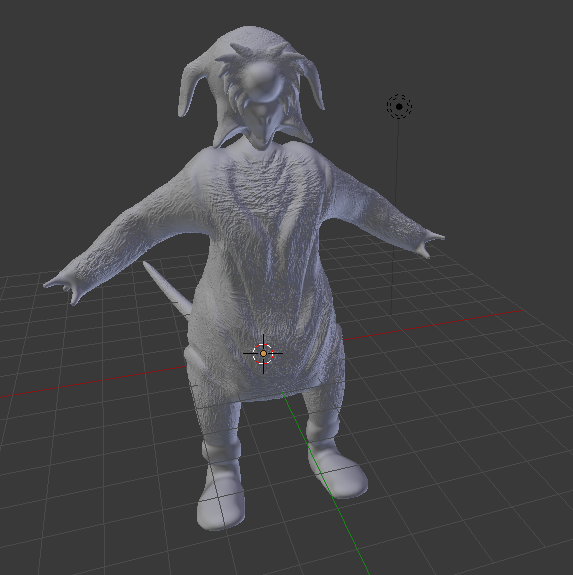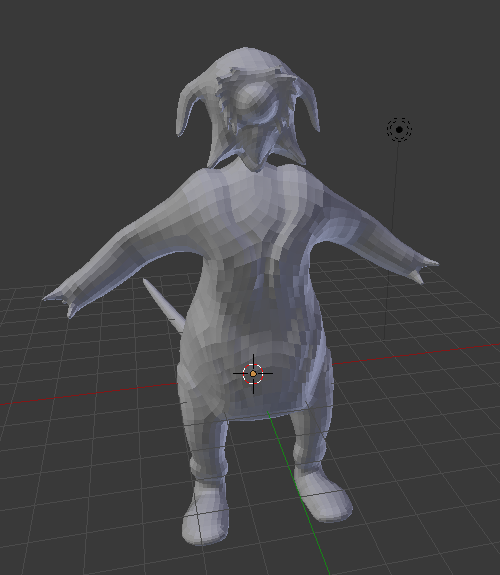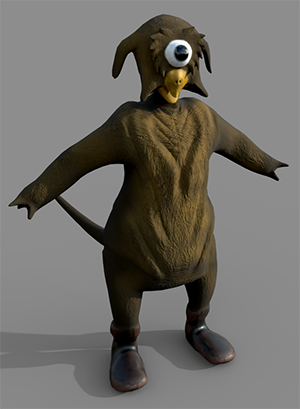Hello guys!
I want to learn to make my own assets, characters, model and so on for my own games, instead of having to rely on others assets (and be able to create the things I actually want, and not just what I can find that is avalible)
So I have spend on/off the past month trying to figure out the basic of how it works and such, what to expect and which programs there are avalible and what they cost.
Truth be told, considering how many different software, tutorials, and complexity of it all, it seems very hard to figure out where to actually start, with this. Especially because it seems as though most of any software that's commonly used when you search the interwebs, it seems as though they are all insanely expensive for a mere mortals. However, I looked at the software called ZBrush because I can see it's a software that is used in big companies like Blizzard, EA and a lot of other big studios, both related and unrelated to the gaming industry like movies and such.
However, as I said before: considering how many different software, tutorials, and complexity of it all, it seems very hard to figure out where to actually start. Even when I look at ArtStation, DeviantArt it seems as though a lot of people even have used both Maya, PS, ZBrush or up to 6-7 programs whereas half of them I havn't even come across or heard of before. So this basicly just make me more confused whenever I think I finally got how it works... So at this point I don't even know anymore, which software does what, which software do I actually NEED, and which software is just "luxury" software (one where they might use 'software A' for this and 'software b' for this, but you can actually do the same in both 'software a' and 'software b', it is just easier to different things in boths software).
So the question I want to make is truly:
- If I want to make a character for my game (let's say Sombra Cyberspace from Overwatch), fully animated, complete and all like she is in Overwatch, into my Unity 3D game, which software do I actually use to make all the required steps?
- How many "steps" are there in the process of doing this?
- Do I actually need more than Unity and modelling software like Zbrush (If that is what they are called - please correct me if I'm wrong)?
- Is ZBrush the choice for me or am I just doing a very costly mistake, because it can't actually do what I think it can? Or do I end up having to buy a lot of other different software aswell if I buy ZBrush in contrast to some other software solutions?
- Can I actually live without ZBrush or any of all these expensive software solutions?
When you answer please bare in mind I'm a newb, so please refrain from using very technical answers, or to answer like you think I know something, because I don't. Talk to me as if I'm a total rookie and moron and explain it to me as if I were a 5-year old ![]()







